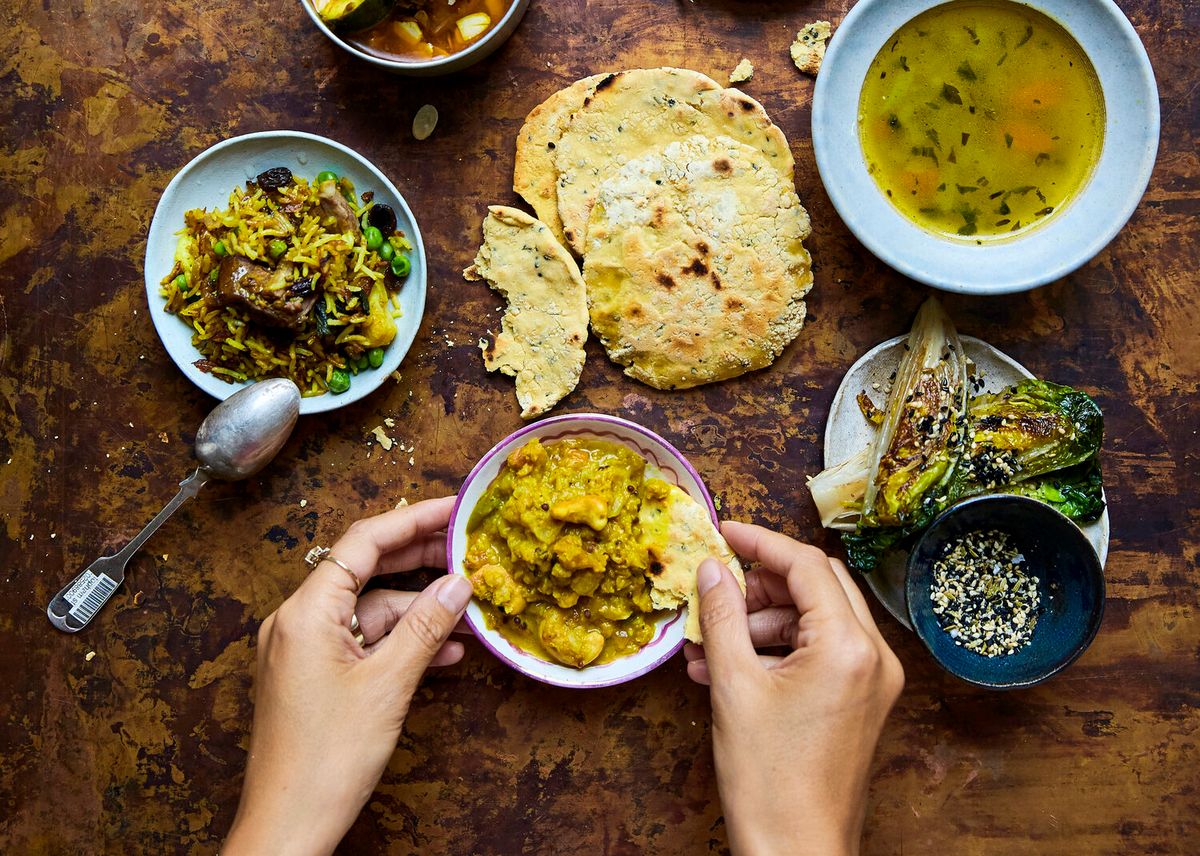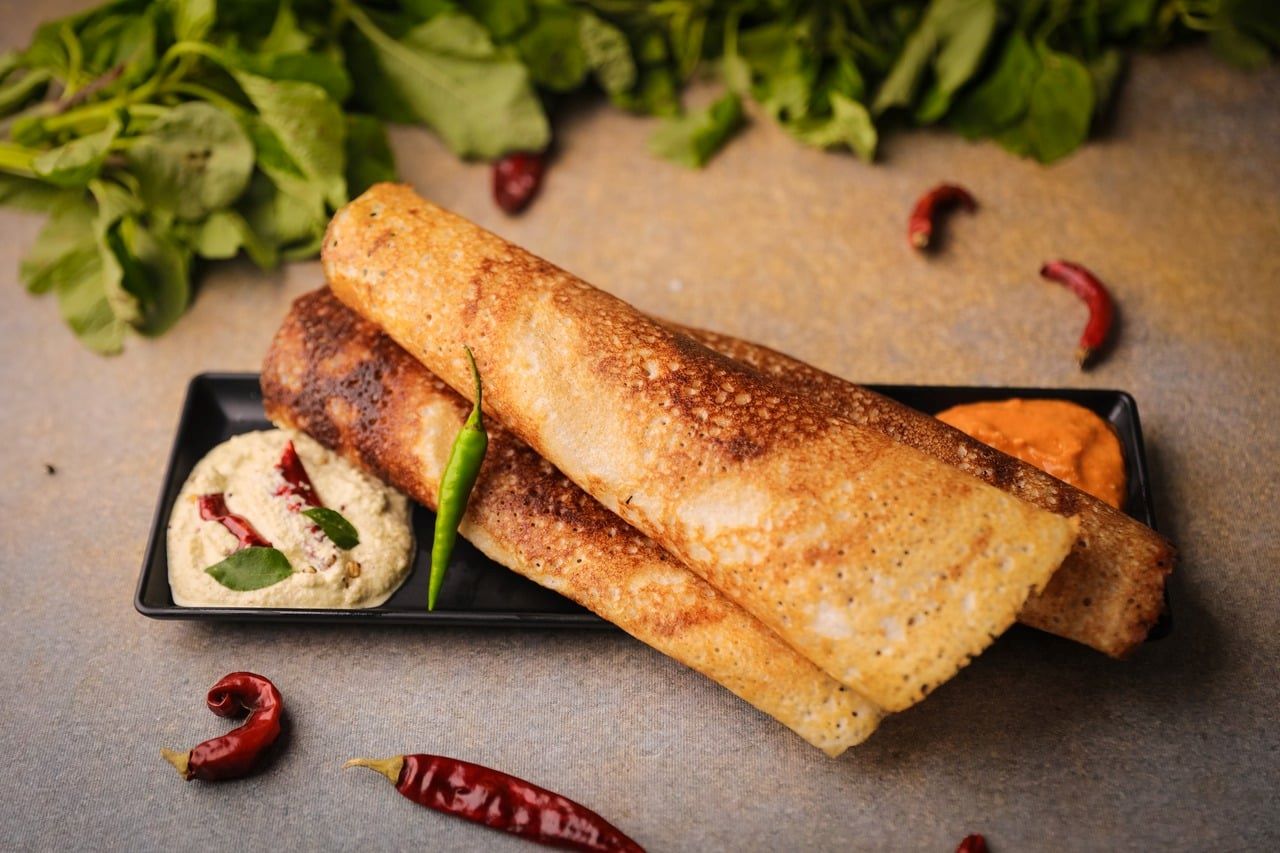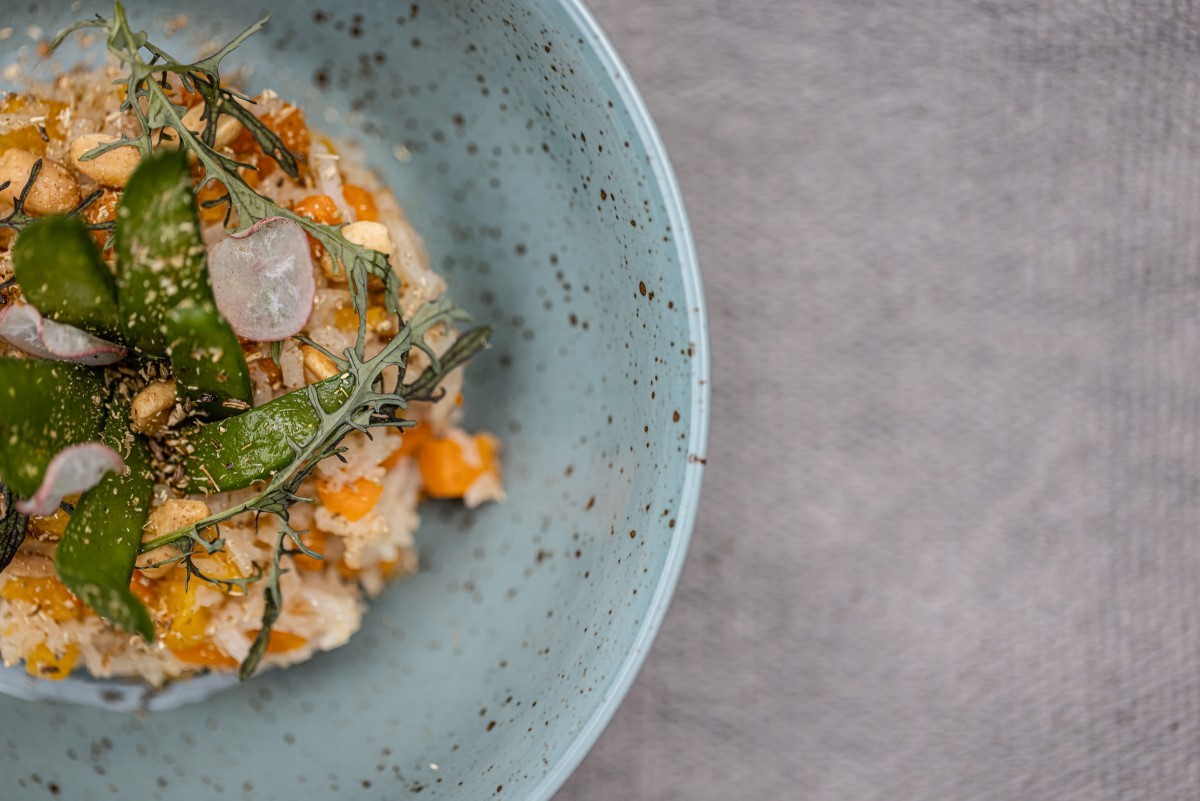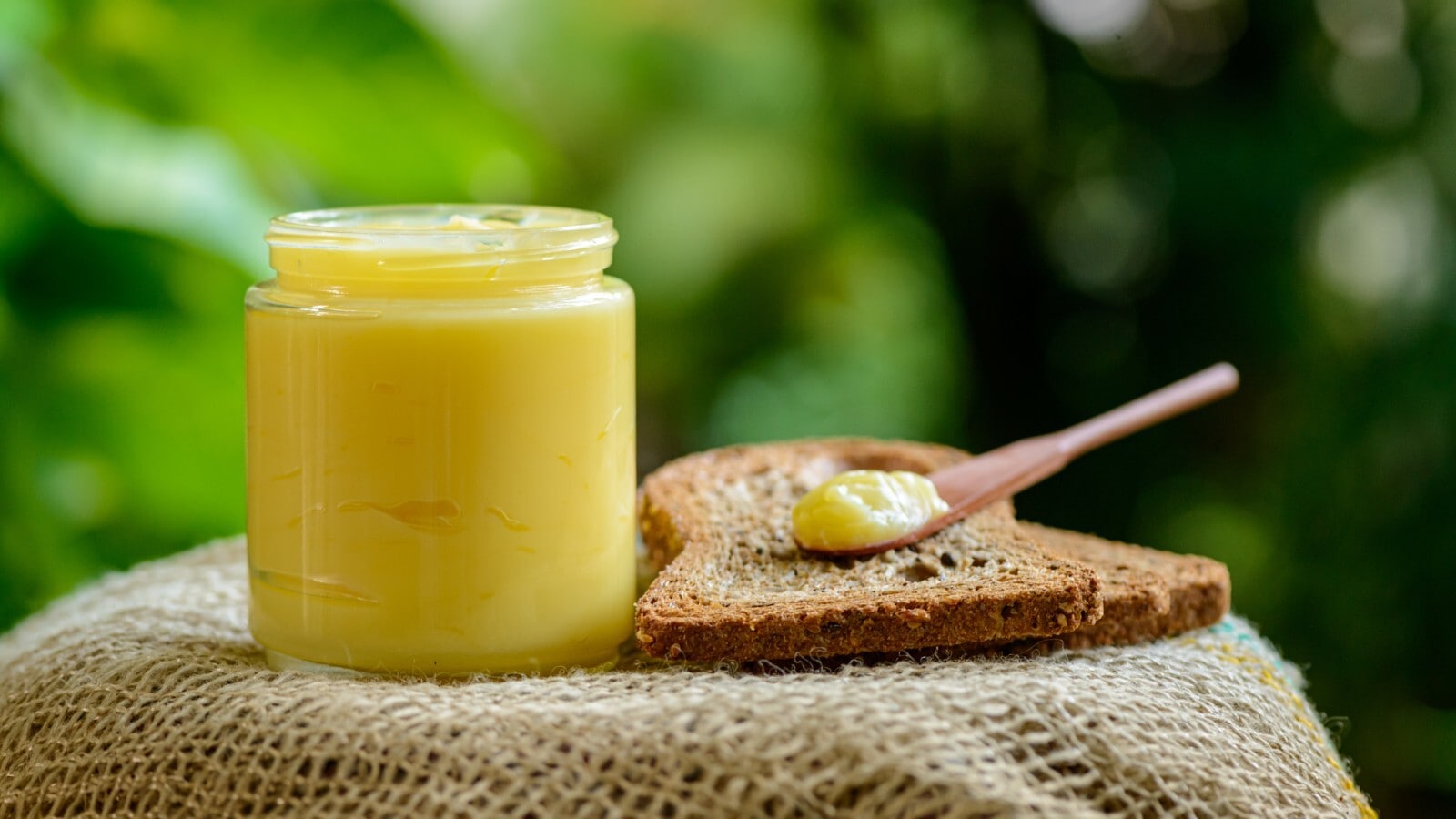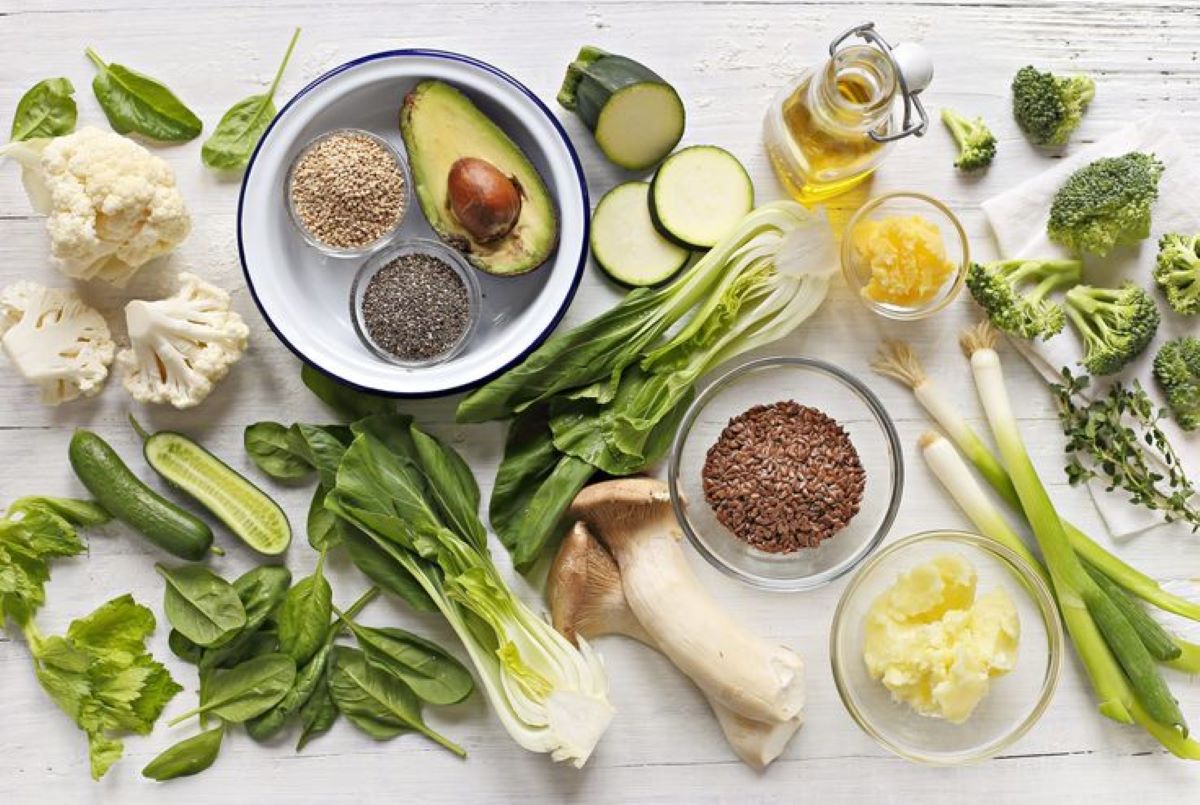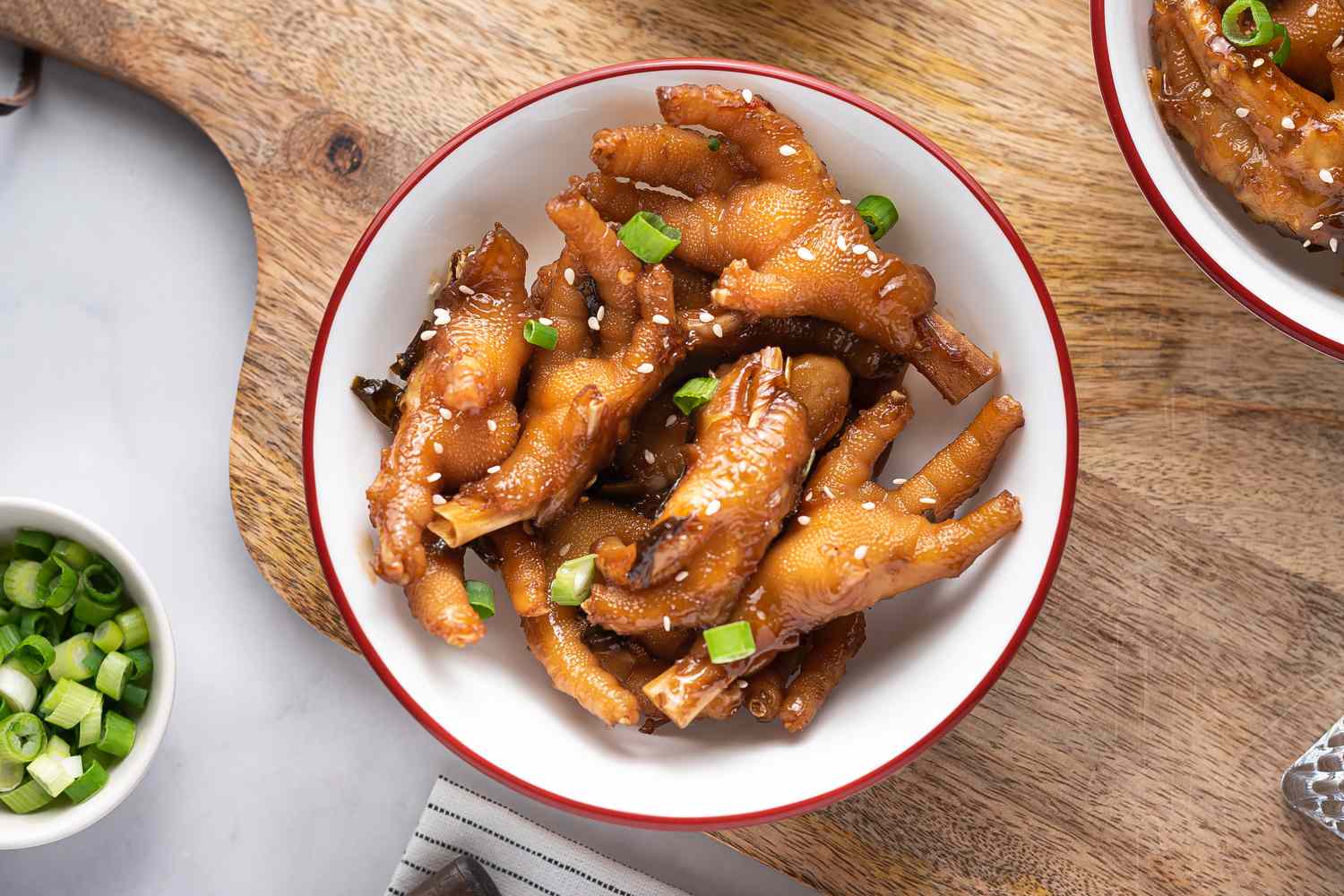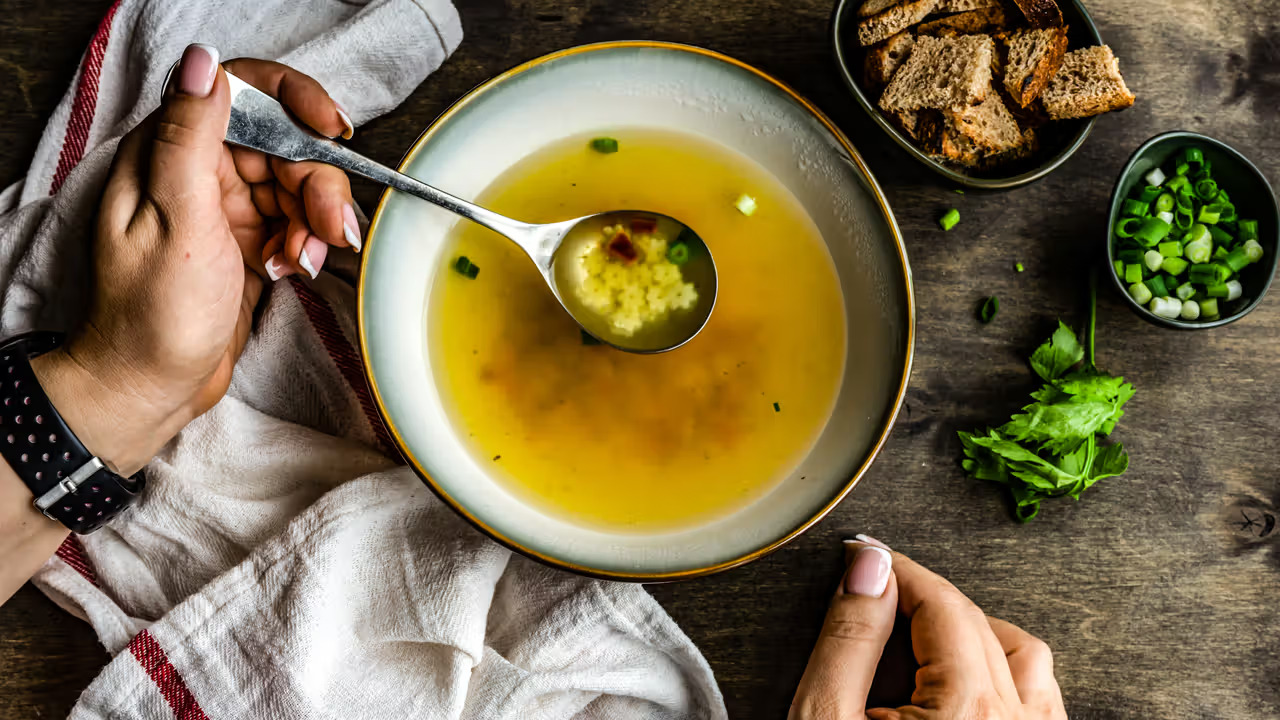Understanding Kapha Dosha
Kapha dosha is one of the three doshas in Ayurveda, the ancient Indian system of medicine. It is associated with the elements of earth and water, and it governs the structure and lubrication of the body. People with a dominant Kapha dosha tend to have a sturdy build, smooth and oily skin, and a calm and nurturing disposition. When Kapha is in balance, it promotes stability, strength, and a sense of groundedness. However, an excess of Kapha can lead to sluggishness, weight gain, and respiratory issues.
How to Balance Kapha Dosha Through Diet
One of the key ways to balance Kapha dosha is through diet. By choosing the right foods and eating habits, you can help pacify Kapha and promote overall well-being. Here are some dietary guidelines for individuals with a Kapha constitution:
Emphasize Warm, Light, and Dry Foods
Warm and spicy foods can help counteract the cold and heavy qualities of Kapha. Incorporate heating spices such as ginger, black pepper, and cinnamon into your meals. Opt for light and dry foods like legumes, leafy greens, and whole grains, as they can help reduce the excessive moisture and heaviness associated with Kapha dosha.
Include Bitter, Astringent, and Pungent Flavors
Favor foods with bitter, astringent, and pungent tastes, as these can help balance the sweet, sour, and salty tastes that are predominant in Kapha. Bitter vegetables like kale and Brussels sprouts, astringent fruits like apples and pomegranates, and pungent spices like turmeric and cayenne pepper can all support Kapha balance.
Limit Heavy and Oily Foods
Heavy and oily foods can exacerbate Kapha imbalances, so it’s best to consume them in moderation. This includes rich dairy products, fried foods, and excessive amounts of nuts and seeds. Instead, opt for lighter cooking methods such as steaming, sautéing, or baking, and choose low-fat dairy options if you consume dairy products.
Establish Regular Eating Patterns
For individuals with Kapha dosha, it’s important to establish regular eating patterns to prevent overeating and sluggish digestion. Aim to have your meals at consistent times each day, and avoid snacking between meals unless you truly feel hungry. This can help maintain a steady metabolism and prevent the accumulation of excess Kapha.
Stay Hydrated with Warm Beverages
While it’s important to reduce excessive moisture in the body, staying hydrated is still crucial. Opt for warm beverages such as herbal teas and warm water with lemon to support digestion and help balance Kapha dosha. Avoid iced drinks, which can dampen the digestive fire and contribute to Kapha imbalances.
Conclusion
By following these dietary guidelines and making mindful food choices, individuals with a Kapha constitution can support their overall health and well-being. Remember that Ayurveda is a holistic system, so it’s essential to consider other factors such as lifestyle, exercise, and mental well-being in addition to diet when seeking to balance Kapha dosha.
Always consult with a qualified Ayurvedic practitioner or healthcare provider before making significant changes to your diet or lifestyle, especially if you have any underlying health conditions.
